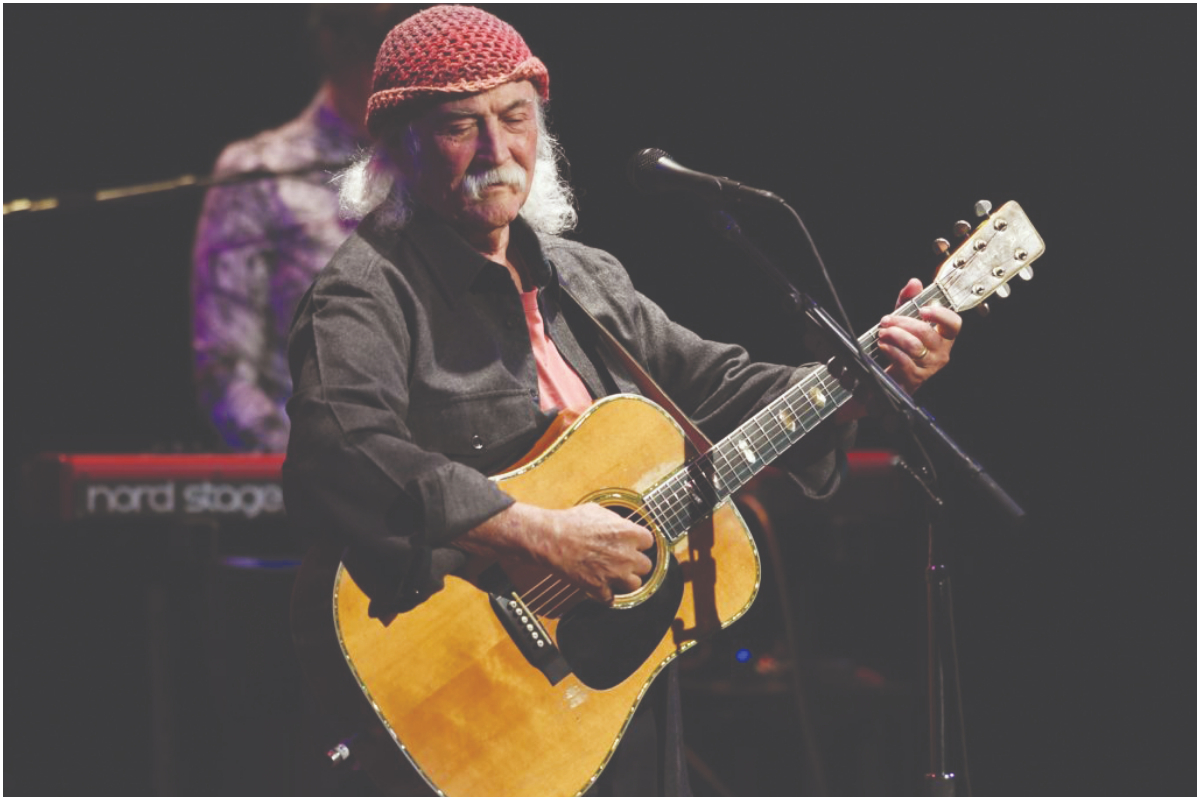
The outspoken trailblazer of US folk-rock
David Crosby, the vocalist, guitarist, and composer at the forefront of countercultural rock, ruled the folk-rock music industry for over six decades
David Crosby, an influential musical pioneer of the 1960s and 1970s who created a distinctly American brand of folk-rock with the Byrds and later with Crosby, Stills, Nash and Young, has died. He was 81.
The two-time Rock and Roll Hall of Famer — known as much for his alternative guitar tunings, lush harmonies and abstract lyrics as for his pacifist activism, brutal honesty and living dangerously — remained a prolific artiste throughout his life.
Over the course of six decades in the music industry, the vocalist, guitarist, and composer at the forefront of countercultural rock penned a rich array of heartfelt ballads and knife-edged bangers.
Famous for his walrus moustache and his laid-back stage presence, often in jeans paired with flannels, he crafted subtle acoustic guitar riffs and multi-layered harmonies on tracks including CSNY’s “Guinnevere,” a gentle song rife with allusions to medieval myth.
But on other hard-hitting rock tracks like “Almost Cut My Hair” — whose lyrics underscore the anti-establishment sentiment of the era’s youth — he showcased biting lyrics and almost caustic guitar work.
Born on August 14, 1941 in Los Angeles, Crosby was the second son of Oscar-winning cinematographer Floyd Crosby, while his mother, Aliph Van Cortlandt Whitehead, came from New York’s prominent Van Cortlandt family.
Far from a straight-A student, Crosby participated in high school musicals and later studied drama at Santa Barbara City College, but quickly left academics behind to pursue music.
He found limited solo success before meeting Chicago musician Terry Callier, who introduced him to multi-instrumentalist Jim McGuinn — a founding member of the Byrds.
The band soared to fame after putting out a cover of Bob Dylan’s “Mr. Tambourine Man,” debuting what would become the Byrds’ trademark 12-string sound.
The Byrds went on to produce hits including “Turn! Turn! Turn!” and “Eight Miles High,” but Crosby’s friction with his fellow rockers, not least due to his political conspiracy theorizing, led them to fire him in 1967.
“I was a difficult cat,” Crosby said of the split in the raw, intensely introspective 2019 documentary “David Crosby: Remember My Name.”
“And not easy. Big ego, no brains. Goofy.”
Following a solo sailing trip, he began jamming with Stephen Stills, the singer-songwriter who started out with Buffalo Springfield. The duo were later joined by Graham Nash, who left the Hollies to join the supergroup.
Crosby, Stills and Nash found quick acclaim and released a number of Top 40 hits, including “Suite: Judy Blue Eyes” and “Marrakesh Express.”
Neil Young joined up shortly thereafter, and the band put out some of the most notable hits of the 60s, including “Ohio” — about the US National Guard murder of four anti-war protesters at Kent State — and their cover version of the generation’s anthem, “Woodstock.”
Crosby’s talent was sometimes overshadowed by the guitar heroics of Stills and Young, but he is widely credited as a musician’s musician who influenced scores of artistes who followed.
“What I do isn’t just guitar playing and singing. I’m not the best at either one of those,” he said in an interview in January 2021.
“What I’m really good at is breaking the fourth wall. Taking you on a little trip,” he continued.
“Making you laugh, so then I can make you cry. That’s my job.”
CSNY faded in and out of popularity and underwent several reincarnations, with Young occasionally breaking off and going his own way. Other members also did some solo work or linked up in various duet combinations.
But the band never recovered from personal fallout between Crosby and both Nash and Young. As the four aged, Stills was the only one still speaking with Crosby.
“I think CSNY was a very good thing,” Crosby said in 2021. “And I’m very proud of it. And I think it’s very finished.”
Crosby had a successful solo career, releasing eight studio albums and a number of live and compilation records.
“Normally, as you get older, you sort of peter out. You write less,” he said.
Writing with friends and his son James “extended my life as a writer tremendously,” he said. “I just love making music.”
Crosby had a vibrant working relationship with folk legend Joni Mitchell, producing her debut record, 1967’s “Song to a Seagull.”
The pair had a brief, tumultuous romance, eventually rekindling a friendship that endured well into their twilight years.
For all of his musical influence, Crosby was perhaps just as known for his extraordinarily large life — one brimming with tragedy, love affairs, romantic bad blood, addiction and an ultimate return from the edge.
“I think I didn’t have a clue,” he said of his young life in the 2019 documentary. “I don’t think I was a good lover. I don’t think I was a good person, companion. I think I was selfish. And wacko. And I got more wacko as time went on.”
“There was boundaries I crossed that you haven’t thought of yet.”
His girlfriend Christine Hinton died in a car crash in 1969 while taking their cats to the vet, a devastating event that triggered Crosby’s spiral into cocaine and heroin addiction.
“Addiction takes you over like fire takes over a burning building,” he said. “I went completely off the rails.”
In 1983, a court convicted him of cocaine possession and carrying a loaded pistol. He served five months behind bars before release on parole.
A litany of health problems accompanied his hard living, including diabetes, several heart attacks and a liver transplant due to Hepatitis C in 1994.
But he weaned himself off hard drugs and spent his last several decades experiencing a creative renaissance, swinging between touring and enjoying life in California with his wife since 1987, Jan Dance.
He only smoked weed — and found Twitter fame for both his pithy quips and social media reviews of fans’ joints.
“Time is the final currency. And so how do you spend it?” he said in the documentary. “I want to be a guy who is loving… that’s what I’m striving for.”
“I like loving my children and my wife and my dogs,” he continued.
“And my music.”
Catch all the Bold News, Breaking News Event and Latest News Updates on The BOL News
Download The BOL News App to get the Daily News Update & Live News.





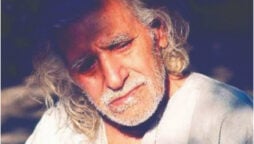

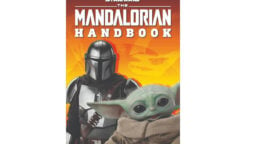
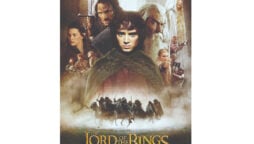

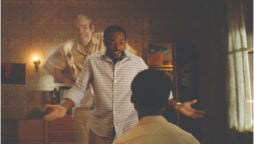

 Read the complete story text.
Read the complete story text. Listen to audio of the story.
Listen to audio of the story.